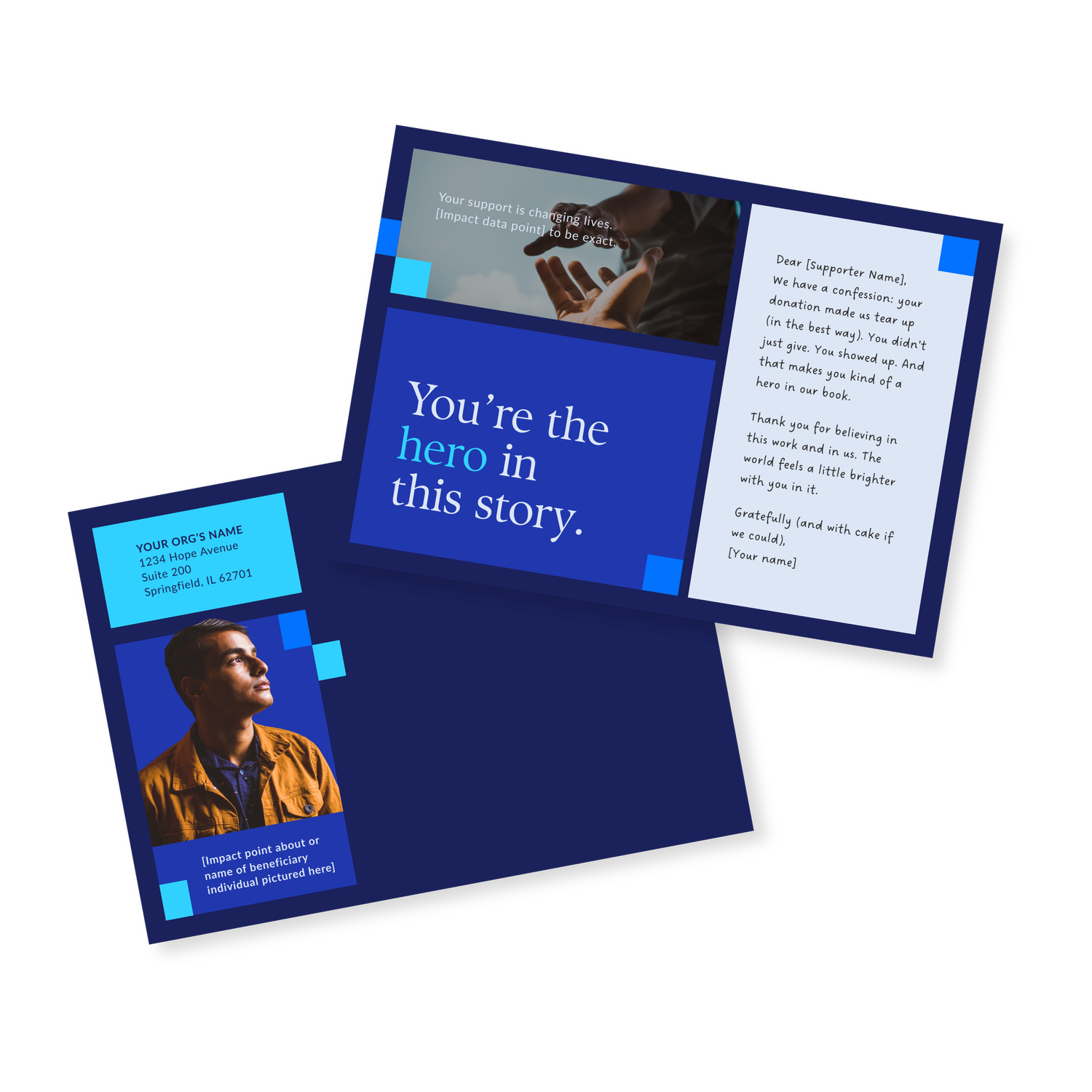I’ve been talking with a lot of nonprofit comms and development leaders lately about what it really takes to build a sustainable nonprofit communications strategy when the work is moving this fast. One day, they’re sitting in a hearing or rewriting bill language. The next, they’re out in the field, side by side with the communities that policy is supposed to serve.
It’s incredible work. But when I ask how they’re sharing those wins, most of them pause, smile, and say, “We’re not… yet.”
It’s not because they don’t have impact. They do. They just don’t have the time or systems to translate that work into something people outside the organization can actually see.
That’s what happens when your impact outgrows your communications system. It’s not failure (not a failture, I repeat). It’s growth catching up to itself. You’ve built something real; now it’s time to make sure the world can follow it.
Know What You’re Really Trying to Say
When your org lives in both worlds (policy and implementation), your story gets complicated fast. The advocacy team’s talking systems. The field team’s talking stories. Funders are asking for outcomes. Everyone’s right… but together, it sounds like noise.
Start simple:
- What’s the thread that ties it all together? Maybe it’s “We test local solutions that inform statewide change.”
- Who needs to hear it? Funders, policymakers, community partners—each one needs a slightly different version.
- What proof do you already have? Data, quotes, pilot results, even small wins count.
Don’t overthink it. Say it in plain English first. Once it makes sense to you, it’ll make sense to everyone else.
(And please, the fancier the words, the fuzzier the meaning. Keep it human.)
Build a Nonprofit Communications Strategy That Fits the Way You Work
Policy runs on deadlines and hearings. Implementation runs on people, timing, and the weather. They’ll never align perfectly, and that’s okay. But your communications can’t keep living in chaos mode trying to serve both.
Most teams I meet are doing way too much with way too little. One person’s writing, designing, scheduling, and reporting. That’s not a strategy; that’s survival.
Here’s a structure that gives you breathing room:
- Impact assessment
→ Gather the insights from both your policy and program teams. Look for results, trends, and lessons.
→ Usually handled by a research or data partner.
- Story development
→ Turn that info into a narrative people can actually follow. Make it clear, make it human.
→ Led by your communications or development lead.
- Design + rollout
→ Package it so people stop scrolling and actually engage.
→ Done by a designer or creative partner who can make the story feel alive.
Once each piece has a home, your team stops firefighting and starts building momentum.
Treat Milestones Like the Opportunity They Are
Big wins, anniversaries, project completions, those are your pause-and-reflect moments. Don’t rush past them.
These are the perfect times to show how your work creates change. What shifts have you made in the system? How are people’s lives different now?
Here’s a simple way to tackle it:
- Start with your point. What does this moment prove about your approach?
- Bring your receipts. Show the data, tell the stories—both policy and program. They’re strongest together.
- Share it where it’ll matter most. You don’t need a 40-page report. Sometimes two great pages, or a compelling landing page, say more.
Let the Work Keep Working
If you’ve already poured time into a report or summary, don’t let it die in a downloads folder. Use it.
- Pull the strongest stats for presentations.
- Turn the best stories into quick social posts.
- Use visuals again in donor decks or partner updates.
Repetition is reinforcement. Most people need to see something a few times before it sticks with them.
Protect the People Who Carry Your Nonprofit Communications Strategy Forward
Your team is probably stretched thin. Most nonprofit comms folks I know are juggling five priorities before lunch.
Take a breath and assess:
- What truly needs attention this quarter?
- What can you templatize or streamline?
- What could an outside partner handle better or faster?
Good storytelling takes energy. Protect it. A little structure gives your team permission to slow down, think clearly, and do the work well.
5 Things to Keep in Mind When Shaping Your Nonprofit Communications Strategy
1. Bring your policy and program work together in a single, compelling through-line.
A clear core sentence gives everyone—donors, staff, and stakeholders—an anchor. It helps people understand what your work is really about so they can follow your story without getting lost in the details.
2. Name who owns the impact, the story, and the design—and give them the space to lead.
Clear ownership keeps the work moving and prevents bottlenecks when things get busy. When everyone knows their role, decisions come faster, reviews stay focused, and the project keeps its momentum.
3. Use milestones to show what’s changing, not just what’s finished.
People respond to progress. Milestones help your audience see movement over time—what shifted, what improved, and where you’re headed next—rather than just a final list of completed tasks.
4. Build on what’s already working instead of reinventing everything from scratch.
We're BIG believers that your strongest language, visuals, and data points can (and should) have more than one life. Reusing what works gives your team a head start and keeps your communications consistent across channels.
5. Support your team so they can keep bringing fresh thinking to the table.
Creative energy doesn’t come from being stretched thin. When your team feels resourced and backed, they bring sharper ideas, clearer thinking, and better storytelling to every part of your work.
If your team’s ready to turn complex work into a clear, funder-ready story, explore our Annual Report Design Intensive.

Donor Thank You Cards
Download the free pack to get 4 postcard designs (7x5in) with editable messages.











